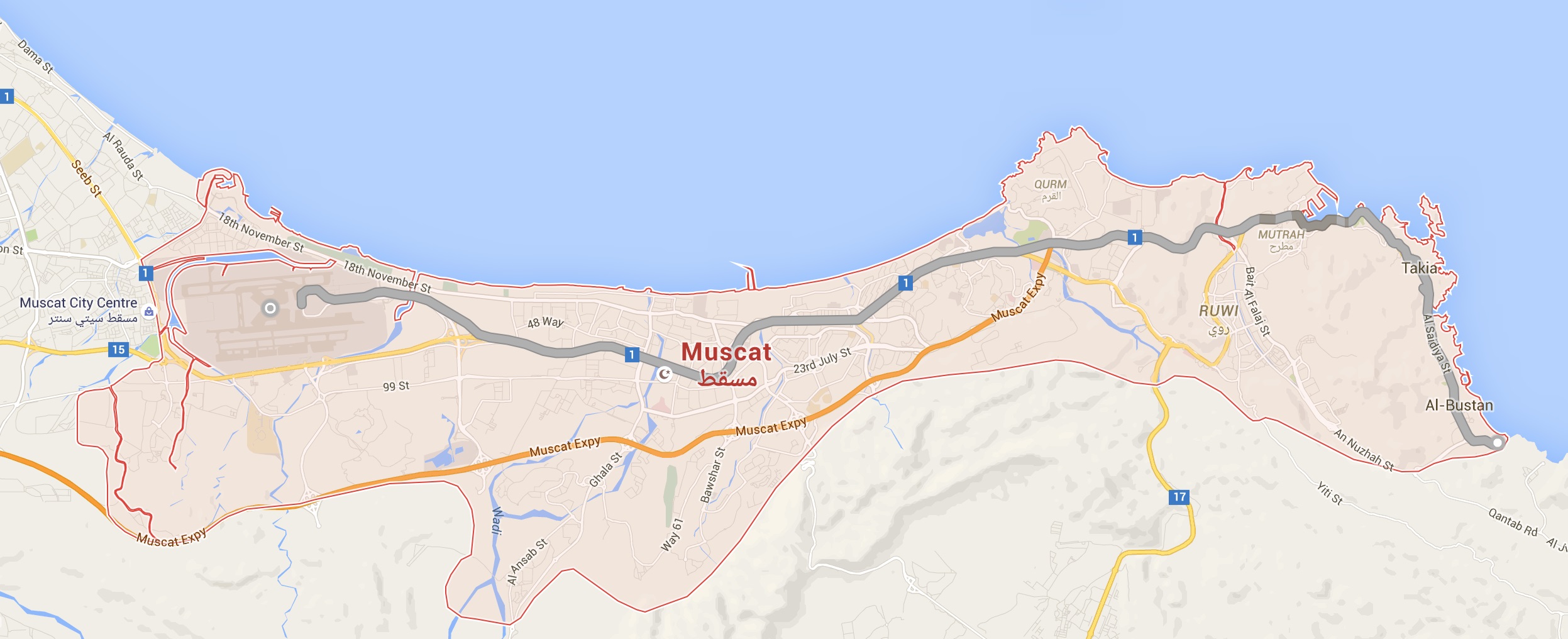Maglev Metro Rail for Muscat
Proposal for the First Rail based System in Oman
With the aim to provide Muscat with a world-class metro system and in order to relieve traffic congestion in the city, at the Middle East Rail Conference 2016 in Dubai, the President and CEO of SwissRapide AG, Niklaus H. Koenig presented a proposal to launch a feasibility study to investigate the implementation of the Muscat Metro system based on a Maglev rail solution.
A Maglev rail metro system based on SwissRapide AG solutions has the following advantages over conventional railway and metro systems:
-
Cost efficient: 40% lower Total Cost of Ownership
-
Fast: Speeds up to 200 km/h
-
Highly reliable: Fully automated system
-
Sustainable: 50% less noise emissions
-
Safe: No constant electromagnetic emissions
-
Flexible: elevated guideway with low curve radiuses and high climbing ability (10%)
-
Robust: Highly resilient system in heat and sand
The concept presented by SwissRapide AG also includes linking the Muscat Metro directly with other transport modes in order to ensure quick and reliable door-to-door services for the users of the system.
As with other Maglev rail projects being led by SwissRapide AG, the company would foresee a substantial portion of the project financing coming from the private sector.
It is estimated that over 90% of the project costs would be turned over in Oman, thus providing a significant stimulus to the national economy in the country.
A Maglev rail based metro for Muscat would bring the following advantages to the city and to Oman:
-
Provide Muscat with a unique, world-class metro system.
-
Significantly increase the mobility and transport capacity for the citizens of and visitors to the city.
-
Provide fast and reliable connections between key locations and areas in Muscat.
-
Increase the attractiveness of Muscat and Oman for visitors from around the world.
-
Reduce the congestion on the roads in the city during rush hours, respectively reduce the number of lost productive hours due to the congestion.
-
Reduce the need for additional road construction in the coming years.
The system would be highly sustainable since up to 80% of the power required could be supplied by locally produced solar power. Through this, the system would significantly reduce the carbon footprint of the city.







